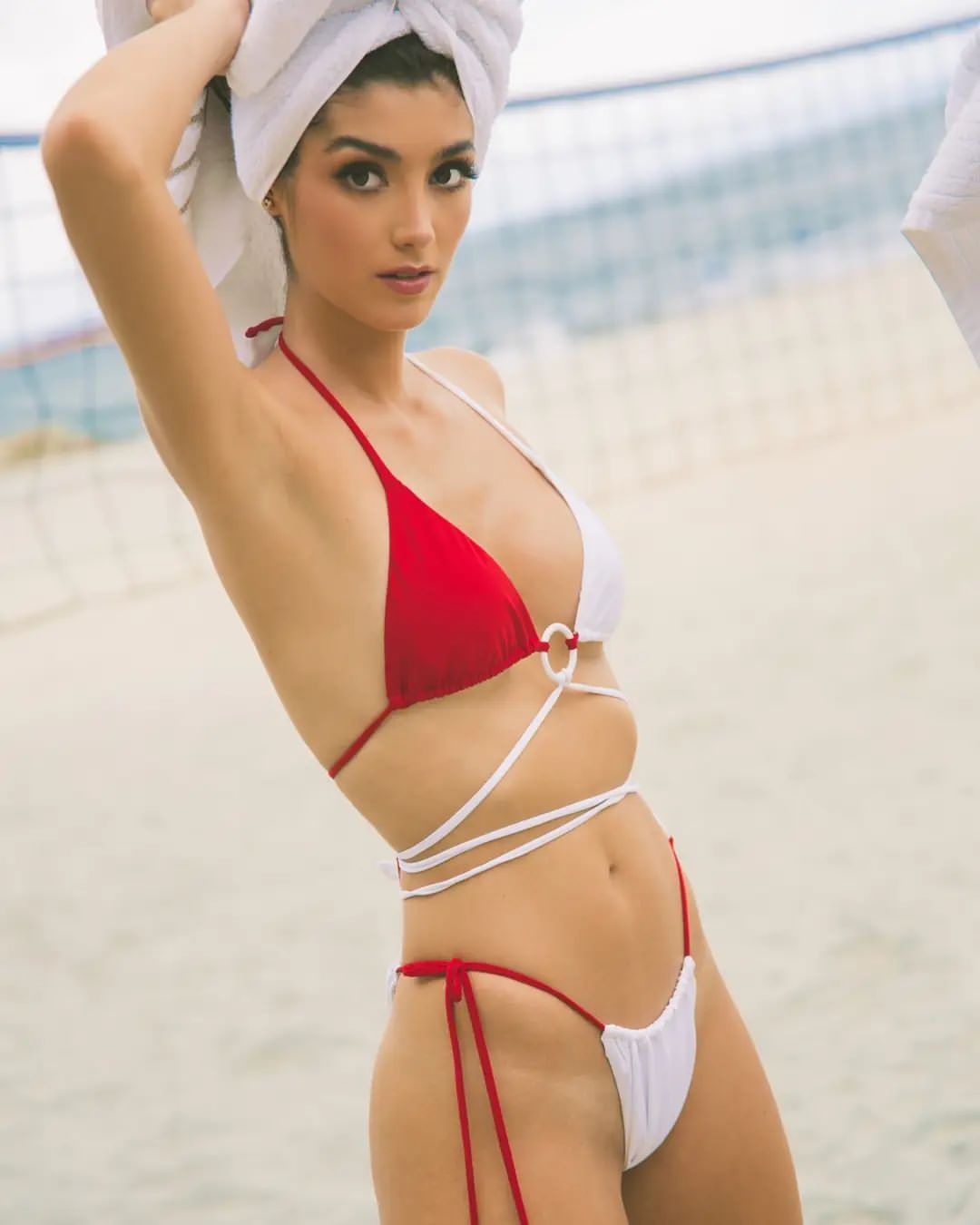Email format error
Email cannot be empty
Email already exists
6-20 characters(letters plus numbers only)
The password is inconsistent
Email format error
Email cannot be empty
Email does not exist
6-20 characters(letters plus numbers only)
The password is inconsistent


The bikini, a staple in the world of swimwear, is more than just a piece of clothing; it's a symbol of freedom, fashion, and fun. From its controversial beginnings to its current status as a must-have item in every woman's wardrobe, the bikini has undergone significant transformations. Let's dive into the fascinating history and modern appeal of the bikini and explore how the concept of "OEM bikini" is revolutionizing the industry.
The bikini, as we know it, was introduced to the world on July 5, 1946, by French engineer Louis Réard. Named after the Bikini Atoll, where atomic bomb tests were taking place, Réard's creation was explosive in its own right. It was considered so daring that Réard had trouble finding a model willing to wear it, eventually hiring Micheline Bernardini, a nude dancer from the Casino de Paris, to debut the bikini. The minimalist design, consisting of just 30 inches of fabric, shocked and intrigued the public.
Despite its rocky start, the bikini slowly gained acceptance. By the 1950s, actresses like Brigitte Bardot and Marilyn Monroe helped popularize the bikini, making it a symbol of glamour and sensuality. The bikini's appeal was further cemented in the 1960s with the release of the hit song "Itsy Bitsy Teenie Weenie Yellow Polka Dot Bikini," which captured the playful spirit of the era.
The 1960s and 1970s saw a boom in bikini popularity. The bikini became a symbol of the sexual revolution, representing a shift towards more liberal attitudes about the body and sexuality. Designers began experimenting with different styles, cuts, and fabrics, leading to a wide variety of bikini options. From the classic string bikini to the sporty tankini, there was something for everyone.
During this time, the bikini also became a staple in pop culture. Iconic moments, such as Ursula Andress emerging from the sea in "Dr. No" and Farrah Fawcett's red swimsuit poster, solidified the bikini's place in fashion history. The bikini was no longer just beachwear; it was a fashion statement.

Fast forward to today, and the bikini continues to evolve with trends and technological advancements. Modern bikinis are designed with a focus on comfort, functionality, and sustainability. Eco-friendly materials and ethical production practices are becoming more common as consumers become more conscious of their environmental impact.
One significant trend in the bikini industry is the rise of the "OEM bikini." OEM stands for Original Equipment Manufacturer, and in the context of bikinis, it refers to companies that produce swimwear for other brands. This allows for greater customization and variety, as brands can design unique bikinis without having to invest in their own manufacturing facilities. OEM bikinis are particularly popular among boutique swimwear brands that want to offer exclusive designs to their customers.
The bikini has had a profound impact on culture and society. It has been a symbol of liberation and empowerment for women, allowing them to embrace their bodies and express their individuality. The bikini has also been a catalyst for body positivity movements, challenging traditional beauty standards, and promoting inclusivity.
Celebrities and influencers play a significant role in shaping bikini trends and perceptions. Social media platforms like Instagram are filled with photos of women proudly wearing bikinis of all shapes and sizes, celebrating diversity and body confidence. This shift towards inclusivity is reflected in the swimwear market, with brands offering a wider range of sizes and styles to cater to different body types.
Finding the perfect bikini can be a daunting task, but with a few tips, it can be a fun and rewarding experience.
1. Know Your Body Type: Understanding your body shape can help you choose a bikini that flatters your figure. Whether you have an hourglass, pear, apple, or athletic shape, there are styles designed to enhance your best features.
2. Comfort is Key: Look for bikinis with adjustable straps, supportive cups, and comfortable fabrics. The last thing you want is to feel restricted or uncomfortable while enjoying the beach or pool.
3. Experiment with Styles: Don't be afraid to try different styles and cuts. From high-waisted bottoms to bandeau tops, there's a wide variety of options to explore. Mix and match to create a look that's uniquely yours.
4. Consider Sustainability: With the growing awareness of environmental issues, consider choosing bikinis made from sustainable materials. Brands that prioritize ethical production practices are a great choice for eco-conscious consumers.
5. Embrace Your Confidence: The most important tip is to wear your bikini with confidence. Remember that every body is a bikini body, and the key to looking great is feeling great in what you're wearing.
The bikini has come a long way since its debut in 1946. From a controversial piece of swimwear to a symbol of fashion and empowerment, the bikini continues to captivate and inspire. With modern innovations like OEM bikinis, the industry is more dynamic and inclusive than ever. Whether you're lounging by the pool or hitting the beach, the bikini is a timeless fashion staple that celebrates the beauty and diversity of the human body. So, embrace the bikini and let it be a reflection of your personal style and confidence.